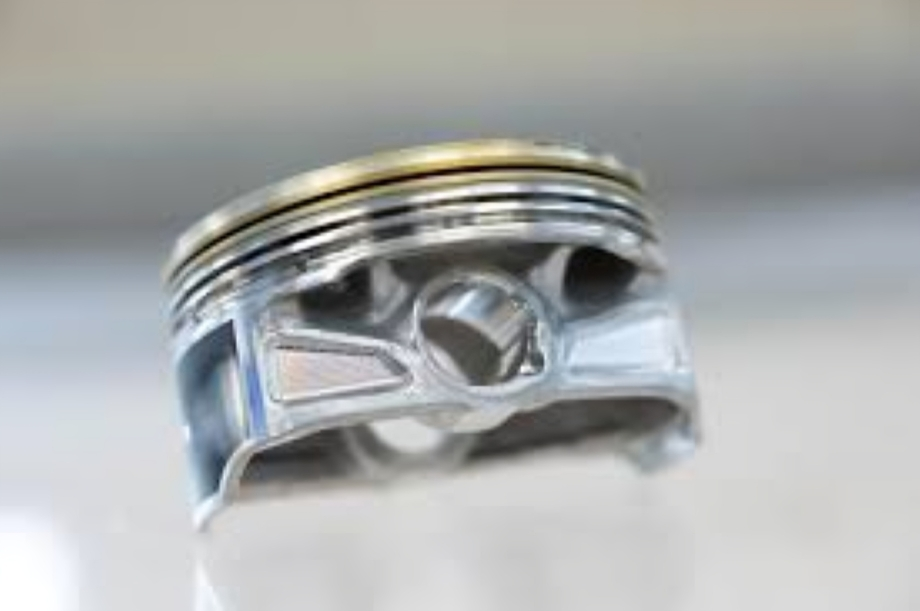

Oak Ridge National Laboratory (ORNL), a part of the US Department of Energy, is currently running trials on DuAlumin-3D. This innovative aluminium alloy is being developed for high-temperature automotive applications. Additionally, the material is being assessed for its potential in additive manufacturing, opening up exciting new possibilities for advanced industrial use.

The need for a new aluminium alloy
Aluminium is growing as a crucial material in additive manufacturing, shaking up industries like aerospace and automotive, among others. As early challenges in processing are being tackled, innovations in AM equipment and alloy design are opening up exciting possibilities. Its unique blend of being lightweight, robust and thermally efficient, coupled with advancements in powder production and a focus on sustainability, is speeding up its adoption across various sectors.
However, traditionally, there was a significant hurdle as most machines were equipped with relatively low-powered CO₂ lasers. Aluminium tends to reflect most of the incoming light. At the CO₂ laser wavelength of 10.6 µm, around 98 per cent of the laser energy gets bounced back, which makes effective processing a real challenge.
Also read: The World of Aluminium Extrusions – Industry Forecast to 2032
Processing aluminium effectively demanded a lot of energy, but back in the mid-1980s, the high-powered CO₂ lasers were pretty bulky and unwieldy. This made it tough to create Laser Beam Powder Bed Fusion (PBF-LB) systems for metals like aluminium. To make matters worse, the early attempts at metal additive manufacturing relied on sintering polymer-coated metal powders instead of fully melting the metal, which really limited the ability to create genuine metallic structures.
With this innovation, research indicates that DuAlumin-3D has a clear edge over some traditional aluminium alloys, which tend to crack during the laser powder bed fusion process, whilst maintaining comparable thermal properties. This breakthrough could lead to significant advancements in lightweight design and fuel efficiency for the automotive industry.
ORNL lead researcher Alex Plotkowski stated, "DuAlumin-3D performed well in our evaluations. While our study focused on high-efficiency engines, the alloy could also be applied in aerospace or to improve heat exchanger designs."
Aiding the process
This is a groundbreaking aluminium alloy enabling 3D printing without any cracks, as this innovation could lead to the creation of lighter, high-temperature parts for industries like automotive, aerospace and manufacturing. With this advancement, we can expect better engine efficiency, improved fuel economy, and a whole new world of design possibilities in fields, where keeping weight down and managing heat are super important.
Trends in aluminium additive manufacturing
This development highlights an increasing emphasis on improving aluminium additive manufacturing to boost material performance across various industries. In May, Nikon Corporation teamed up with the National Centre for Defence Manufacturing and Machining (NCDMM), which oversees America Makes, to speed up metal AM technologies for the defence and aerospace sectors.
Supported by the Office of the Under Secretary of Defence, Manufacturing Technology (OSD ManTech), this USD 2.1 million initiative focuses on Constellium's Ahead CP1 aluminium alloy. It covers the initial two phases of a multi-phase program, involving industry leaders like ASTM International, 3Degrees and AM experts from Lockheed Martin, Northrop Grumman, RTX, General Atomics and Honeywell Aerospace Technologies.
Australian 3D printing company AML3D has just extended its contract with BlueForge Alliance, now worth USD 280,000, to keep testing Nickel-Aluminium-Bronze (NAB) alloys for the US Navy's submarine program. This extension not only highlights that AML3D's ARCEMY 3D printed alloys meet Navy standards but also fits perfectly with the company's strategy to expand in the US under the AUKUS framework. Additionally, the program will see the deployment of a large-scale ARCEMY 3D printing system, which is currently located at Oak Ridge National Laboratory in Tennessee and is valued at about AUD 1.0 million (USD 640 thousand).
Aluminium Materials Technologies (AMT) has partnered with the University of Birmingham to dive into the metallurgy of their 3D printed aluminium alloy, A20X. This partnership is all about exploring laser powder bed fusion (LPBF) and direct energy deposition (DED) techniques, looking closely at compositional changes, heat treatments, and the various parameters of the additive manufacturing process. A20X is celebrated for its isotropic properties and is a high-strength aluminium-copper alloy that's making waves in the aerospace and motorsports industries.
Responses








